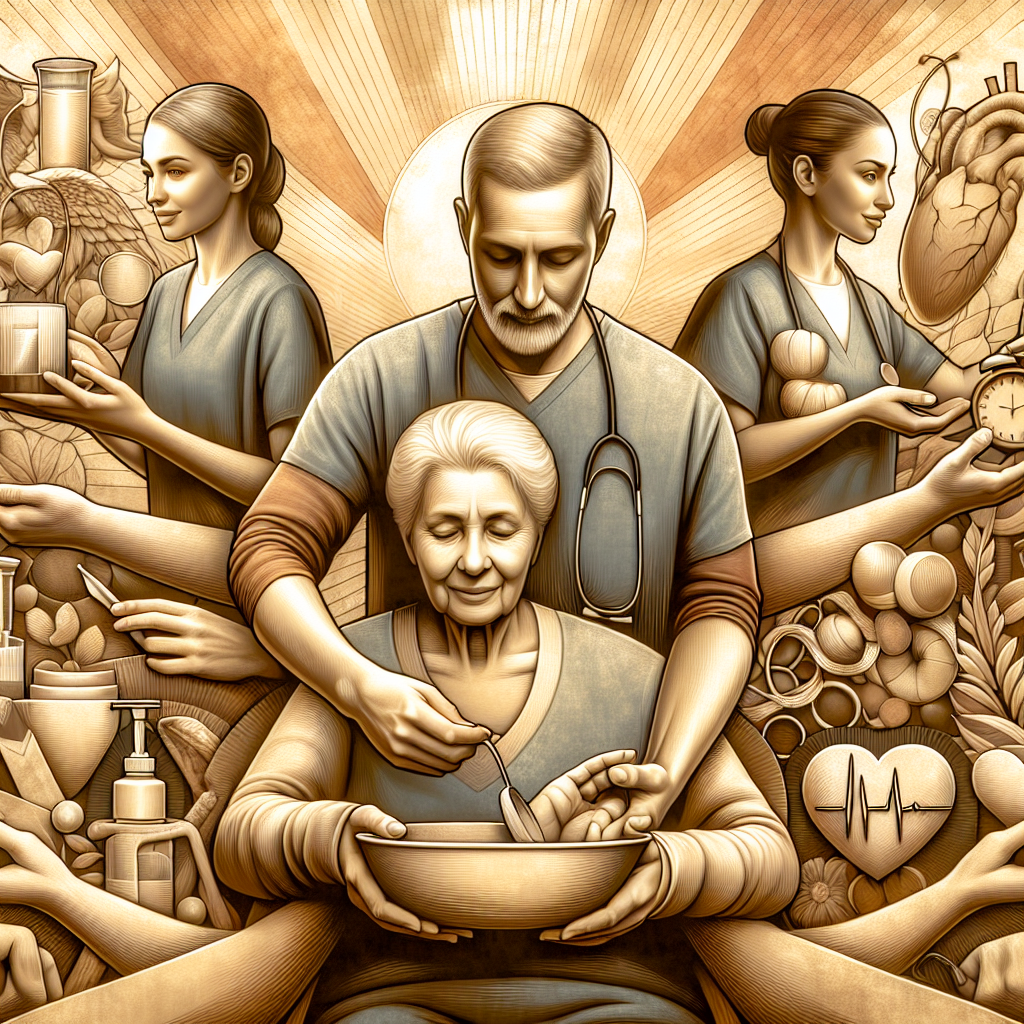New York, NY—In the bustling corridors of skilled nursing facilities across the nation, a largely invisible workforce plays a crucial role in supporting the well-being and recovery of patients. Family caregivers, often unnoticed next to the professional staff, are increasingly becoming the backbone of long-term and post-acute care settings. A recent report showcases the immense, yet often overlooked, contributions made by these individuals who sacrifice time, careers, and their health to care for loved ones.
According to a study released by the AARP, an estimated 53 million Americans serve as unpaid caregivers for adult relatives or friends. These caregivers provide a range of services, from personal care to complex medical tasks, effectively filling in gaps left by the healthcare system. “Family caregivers are the unsung heroes of our healthcare infrastructure, providing billions of dollars’ worth of care without formal recognition or support,” remarked Susan Reinhard, Senior Vice President at AARP.
The reliance on family members for critical care support is particularly pronounced in skilled nursing facilities. Although these facilities are staffed with professional caregivers, the intricate and often round-the-clock needs of residents can exceed what the formal care teams are able to provide. Family members step in to bridge this gap, assisting with feeding, mobility, personal care, and even medical tasks like wound care and medication management.
This trend of leaning on family caregivers raises several concerns about the sustainability of such an arrangement. The emotional, physical, and financial strain on these caregivers can be immense. Many report feeling overwhelmed and underprepared for the medical tasks they are required to perform, leading to increased stress and detrimental effects on their own health.
Experts argue that this reliance on unpaid labor is a reflection of broader systemic issues within the healthcare system, including staffing shortages and financial constraints within skilled nursing facilities. “We are increasingly depending on family members to provide complex care without the necessary support and training. This is not just unsustainable, but also unfair,” stated Dr. Eleanor Feldman, a gerontologist and advocate for elderly care reform.
The situation calls for a reevaluation of how chronic and long-term care is structured and financed in the United States. Proposals include better support for family caregivers, such as training programs, financial assistance, and incorporation into the healthcare team as partners in care. Additionally, there is a push for policy changes to enhance the workforce and infrastructure of skilled nursing facilities to reduce the burden on families.
As the population continues to age, the role of family caregivers is only expected to grow in importance. Recognizing and supporting these individuals is not just a moral imperative but a critical component in ensuring the long-term sustainability of the nation’s healthcare system. In the words of Reinhard, “Investing in the support of family caregivers is investing in the future of healthcare itself.”


